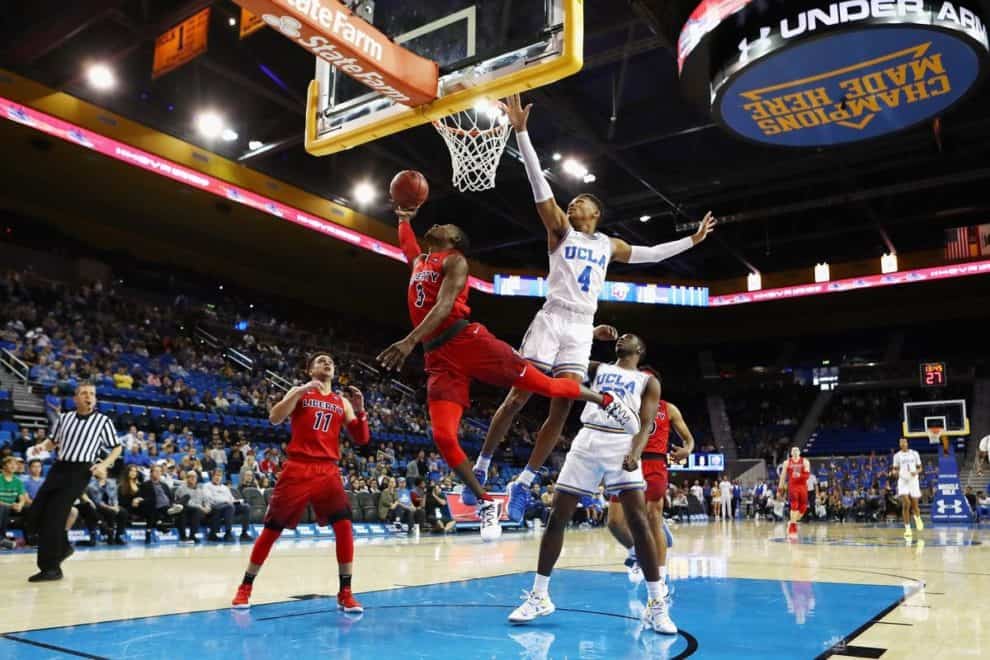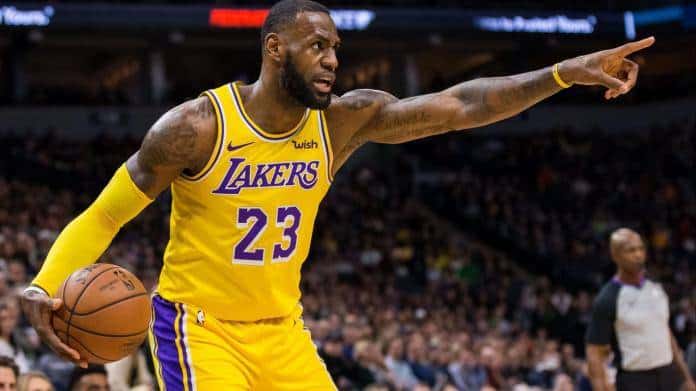
‘March Madness’ is now the biggest betting event in the US in terms of amount wagered. The Super Bowl is still the biggest single day event but the first four days of the NCAA basketball tournament attracts more betting action. In addition, it might be the most heavily bet event among casual sports fans. Even the most staid workplace will usually have a bracket contest or tournament pool. In 2015, a survey by the website CareerBuilder reported that 20% of all US workers said that had participated in a NCAA tournament pool at work in the past. If anything, that number has only increased.
It’s not easy to fill out a winning bracket and virtually impossible to pick a perfect one. Depending on how you do the math, the odds of a perfect NCAA tournment bracket are somewhere between 1 in 2.4 trillion and 1 in 9.2 quintillion! We can’t help you fill out a perfect bracket but we can offer a few tips to improve your bracket selection process:
4 TIPS FOR MARCH MADNESS BRACKET SUCCESS
–IGNORE THE NAME ON THE JERSEY
I’ll preface this by saying that there is something to the strength of a team’s conference affiliation. ‘Power’ conferences are called such for a reason. That being said, recreational bettors and office pool players have a tendency to overvalue the ‘brand name’ of a team. From a betting standpoint, you can sometimes find value just by going against a ‘traditional powerhouse’ or a ‘public favorite’. Bookmakers know these teams are overvalued and set the lines accordingly. In an office pool situation, it’s often wise to go against a big name program with a successful mid-major school and particularly in the early rounds. There’s an ancillary benefit from this strategy–by going against the grain you’re less likely to have to split a prize multiple ways if you do emerge victorious.
–RECENT FORM
Serious sports analysts like to emphasize the significance of a team’s ‘recent form’. There’s a good reason for this–momentum is a crucial component of success in any sport and particularly college basketball. For that reason, you’ll want to place much greater emphasis on what a team has done during the later stages of their regular season play. If they’re from a conference that holds a year end tournament, that is also very important. You’re definitely looking to avoid teams that started strong but struggled to get victories down the stretch. This type of team seldom ‘turns things around’ heading into March Madness. On balance, the difficulty of opposition for a college basketball team gets more demanding as the season progresses. A team that has had difficulty winning games as the level of competition increased is not one you want to get involved with come tournament time.
–DEFENSIVE INTENSITY
The value of a nasty team defense should be obvious to even a casual sports fan. Teams that ‘win with offense’ and underachieve on the defensive end are seldom successful tournament teams. On the other hand, less talented teams that play nasty defense are often capable of going on a run come tournament time. At the very least, they’re often a ‘live dog’ in the early rounds against higher profile opponents. This has been true for decades: John Kresse’s teams at the College of Charleston, John Chaney’s Temple Owls in the 80’s and 90’s, Shaka Smart’s teams at Virginia Commonwealth, so on and so forth. In the current vintage college hoops scene you should keep an eye on a team like Liberty University out of the Atlantic Sun Conference. They’re 30-4 SU on the season and they’ve done it by playing the second best team defense in college hoops.
Want a more technical explanation? There’s a higher degree of variance with offensive output in sports in general and basketball in particular. In other words, teams that play good defense are less susceptible to upsets than teams that need to produce offensively to win. Look for situations where nasty defensive teams are matched up against opponents that have to execute on offense in order to win. You can find all sorts of team offensive and defensive statistics on the NCAA website.
–HOME COURT ADVANTAGE
Although NCAA tournament games are supposedly played on a ‘neutral court’ that isn’t really the case. The NCAA often ‘plays favorites’ by seeding top teams and perennial darlings (Duke, North Carolina, etc.) close to home. Teams from the so-called ‘Mid Major’ conferences are often sent packing across the country. Teams that play close to home benefit in several ways—less demanding travel logistics and stronger fan support among the most important upsides. Even on a theoretically neutral court that’s a significant advantage over a team that has to fly thousands of miles to play in front of a hostile or indifferent crowd.
If you want to get more involved, try to get a feel for the sight lines in neutral court venues. Teams often struggle offensively in an unfamiliar setting–particularly playing in a large arena if they’re used to playing in a smaller facility during the season.









